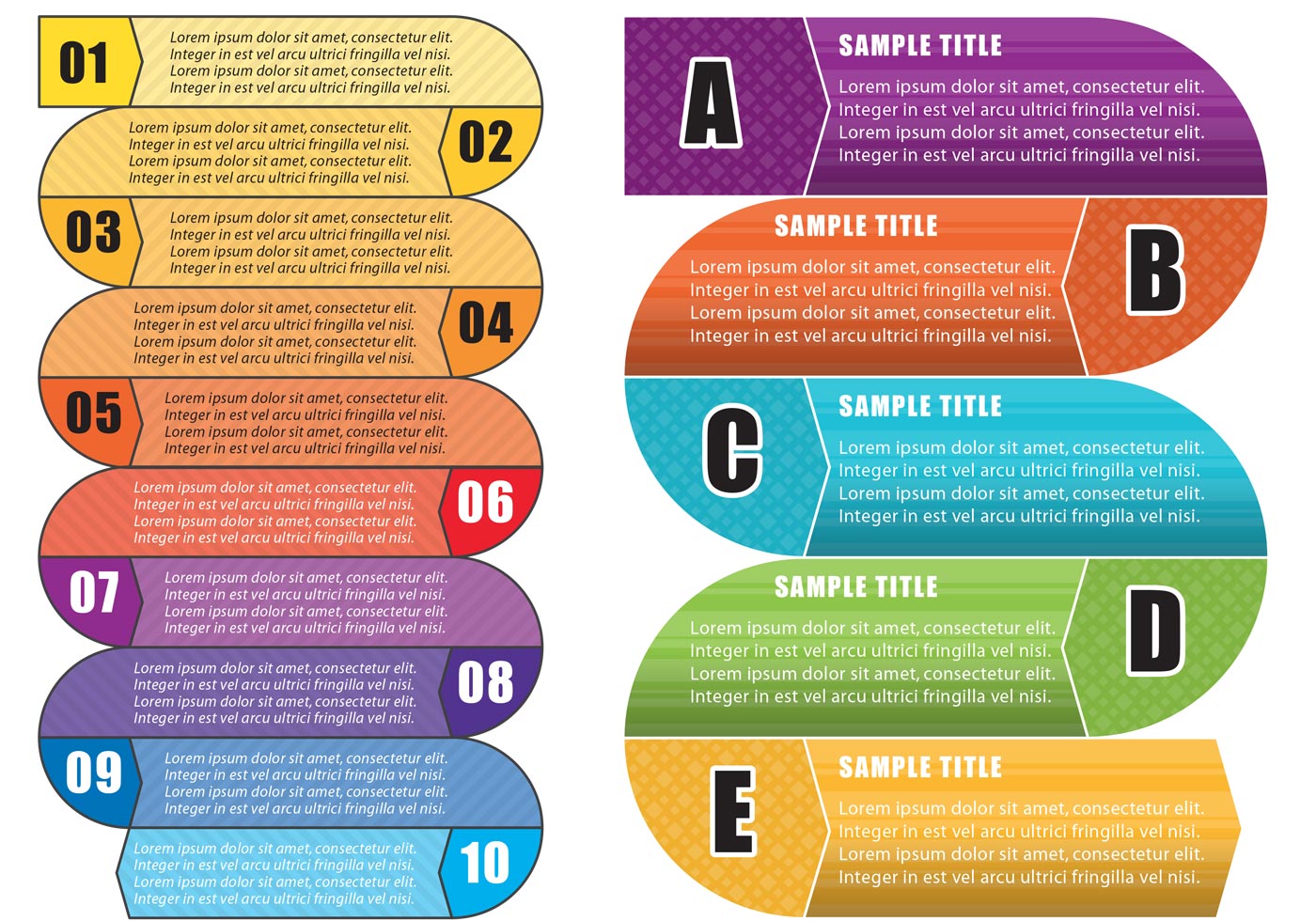
(The higher the number, the greater the transparency.)
#How to add word art to a text box how to#
The following steps show how to modify the size, position, text, color, font style, and transparency of an existing text watermark. How to Modify Text Watermarks in Microsoft Word The Printed Watermark dialog box should close, and your text watermark should appear in your document. (The transparency can be customized, as shown in steps 7 and 8 in the modification section below.)

Ensure the Semitransparent is checked if you want your text and images to be visible through the watermark.(Optional) Adjust the font, size, color, and diagonal or horizontal layout, as necessary.įigure 6.Enter your custom text into the text box.If you chose Custom Watermark, select the Text watermark button in the Printed Watermark dialog box.Select a built-in watermark (i.e., Confidential, Do not copy, Sample, ASAP, or Urgent) or Custom Watermark from the drop-down menu.Select Watermark in the Page Background group.The following steps show how to insert built-in and custom text watermarks on every page of your document. This basically iterates over all text boxes, gets their text, insert it in the document, and then removes the text boxes.How to Insert Text Watermarks in Microsoft Word ' insert the textbox text before the range object

' copy text to string, without last paragraph mark You can however run a macro that will convert all such blocks to text and see if the result would work for you, for example like in the Removing All Text Boxes In a Document article: Sub RemoveTextBox2() the text is docked 100 px below a specified paragraph, so it appears as part of the next paragraph (actually floating in the middle of the next paragraph flow). The inverse conversion is not unambiguous, though, as the text in the floating blocks will lose the absolute positioning info for the floating blocks - e.g. Converting text to WordArt actually inserts the current text in a floating text box with some fancy styles.


 0 kommentar(er)
0 kommentar(er)
